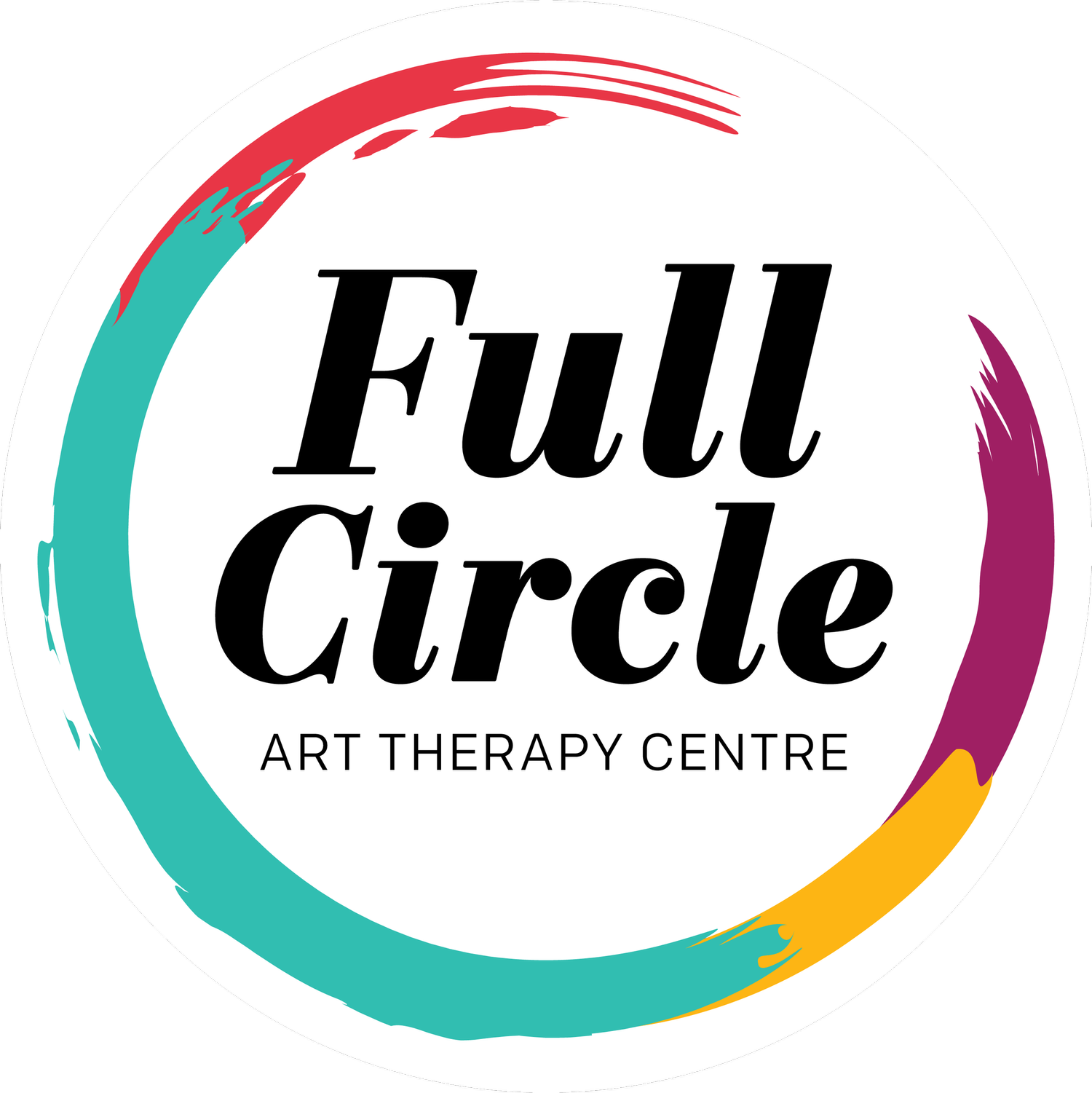How Does Art Therapy Help Trauma?
Author: Ashtyn Ford
Art Therapy & Trauma (Transcript)
Welcome to art therapy and find your quick look at all things art therapy. Hello there. Today I'll be talking about how art therapy is helpful with trauma. So in terms of trauma, we're, we always want to pace this work at a comfortable pace for the client, we don't want to go too fast at the beginning which will cause dysregulation and probably resistance and avoidance to doing more trauma processing work.
So with that in mind, building comfort and safety is so important in trauma work and giving the client a sense of autonomy and control over the process. So this is why art therapy in a lot of other ways can be helpful when working with people who've experienced trauma.
So in terms of, you know, building comfort and safety, so when people are expressing, you know, their experiences, or what they're experiencing in the current moment, with trauma in terms of symptoms, and things like that, they have the power and control over how they would like to depict that in the artwork. And also if they want to verbally communicate with their therapists at all, about what that looks like or feel it feels like for them. So they get to control how much they want to talk about the image that they depict.
Or if they do at all in that session, it might take time for them to grow comfortable with the therapist till they add a verbal description to their artwork. Another thing that I might do is actually get them to journal about the artwork later, just for more internal reflection about the process, and what they can learn about themselves. And again, they have the choice of whether or not to share that with me. Another thing that art can be helpful for is self-regulation.
You know, like it might be the actual art medium that is really self-soothing for the client. And they could be able to use that outside of the session for self-regulation as well. Or sometimes like I'll have art directives that lead them into working with content that they might find soothing, and can help them regulate their body or mind and be more present during our time together doing the trauma work, and also again, that they can use outside of the session.
Another thing that's really helpful is the connection between body and mind when you're engaging in the artwork, you are also engaging your body. So it's not the same as talk therapy where you're relaying a story or you're not physically connected in the space unless you're asked to bring your attention to the space. When you're using art materials, you're physically holding them you're moving, so you're more likely to be present at the moment.
And finally, I also find it really helpful in building Yeah, identity, looking at those other parts of self, because with trauma, a lot of the time there'll be this sensation, or this perception that the trauma is taking up so much space, that there are no other identities that have room to kind of show up. So being able to connect with the artwork, and sometimes open pathways connecting to those other identities helps build that sense of self and self-esteem.
The artwork can also be really helpful for tracking progress, which can be really helpful for instilling hope. You know, especially with trauma work, it takes a lot of time. So just having those physical reminders of the shifts in the work can be really helpful and help with motivation. And then another thing I didn't mention is with trauma work, there can be this experience of loss of voice.
So kind of shutting down, you know, when we're even thinking about the trauma or feeling like we need to talk about it. So using visual arts can be a good way of bypassing that and again, being able to express those experiences non-verbally. So I hope that was helpful and yeah, if you like our videos, just subscribe, like, and continue to follow us for more content. Alright, take care. Bye. Thanks for watching and don't forget to like and subscribe

